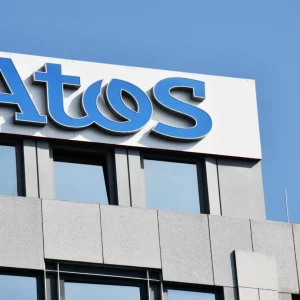
AWS has bought Israeli disaster recovery startup CloudEndure, the Tel Aviv-headquartered company confirmed this morning, in a deal that may prove hard to digest for Google Cloud Platform (GCP).
CloudEndure provides disaster recovering and data migration services across AWS, GCP, Azure and VMware and was already available on AWS as a subscription-based Software-as-a-Service (SaaS).
The company had been selected by AWS rival Google Cloud to power its free VM Migration Service, which allowed GCP users to migrate physical servers and virtual machines from existing environments (cloud or on-premises).
Commentators warned GCP may need another tool to do so…
Exciting news! CloudEndure is now an AWS company. This acquisition expands our ability to deliver innovative and flexible migration, disaster recovery, and backup solutions. https://t.co/Y6KW2CyYj5 pic.twitter.com/G48I5ET6UI
— CloudEndure (@CloudEndure) January 10, 2019
The deal was rumoured by Israeli business press to have been for some $250 million; Crunchbase puts it at closer to $200 million.
CloudEndure, founded in 2012, has been backed by Dell Technologies Capital among others and raised $18.2 million over three funding rounds.
The company said the acquisition “expands our ability to deliver innovative and flexible migration, disaster recovery and backup solutions”.
“Surprising” that AWS Beat GCP to CloudEndure Deal
Peter Groucutt, MD of London-based Databarracks, told Computer Business Review in an emailed comment: “This is a very interesting acquisition. The most surprising part is that it was AWS that acquired CloudEndure, not Google Cloud Platform (GCP).”
“Although CloudEndure had relationships with all three of the major hyperscale, public cloud providers, it seemed that it’s most strategic was with GCP. GCP’s cloud migration service is powered by CloudEndure, which appears to have gone under the radar.”
He added: “Replication products like CloudEndure’s are valuable because they give you a copy of systems elsewhere to failover to in the event of an incident. But they also have very specific value to the public cloud providers purely as a migration tool…”
“GCP will probably need to find another tool to enable those migrations. Disaster recovery is seeing transition at the moment. The most common use-case is still replicating workloads from on-premises to the cloud. But, as more production workloads are moving to the cloud however there is growing need to replicate workloads within the cloud, to another or even back to the customer site.”
Read this: What Should a Proper High Availability Strategy Look Like?






